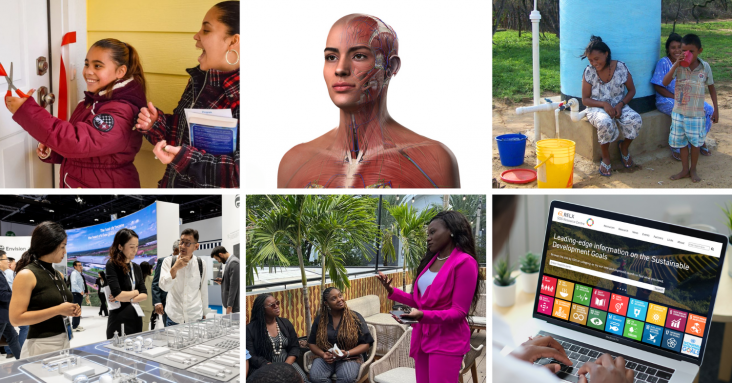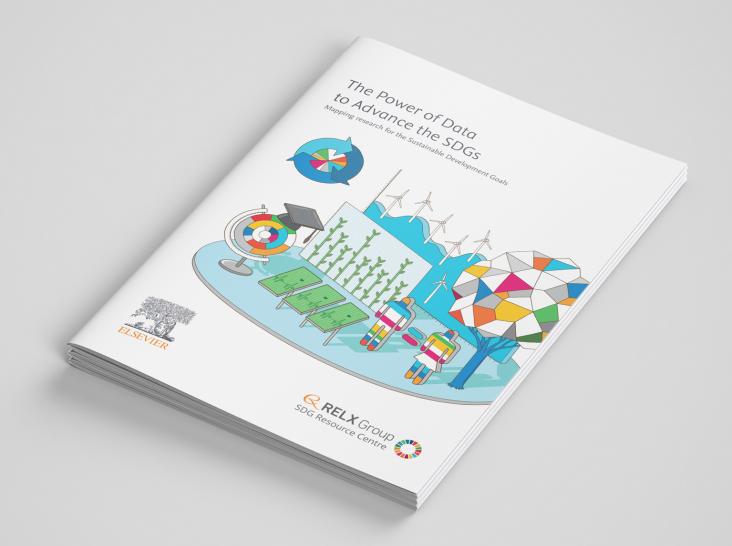Using a collaborative ethnographic action-oriented approach, we researched the sexual and reproductive health and rights (SRHR) of three vulnerable groups of female labour migrants in Dhaka, Bangladesh. Our goal was to understand the health challenges faced by these women and work towards effective interventions and services. Their issues often emanate from deep-seated structural inequalities, as well as legal, socio-cultural, political, and economic factors. In this article, we highlight the interconnected and overlapping - tangible and intangible - societal impacts that arose both as a consequence of our study and as inherent components of the research process in both the short and long term.




